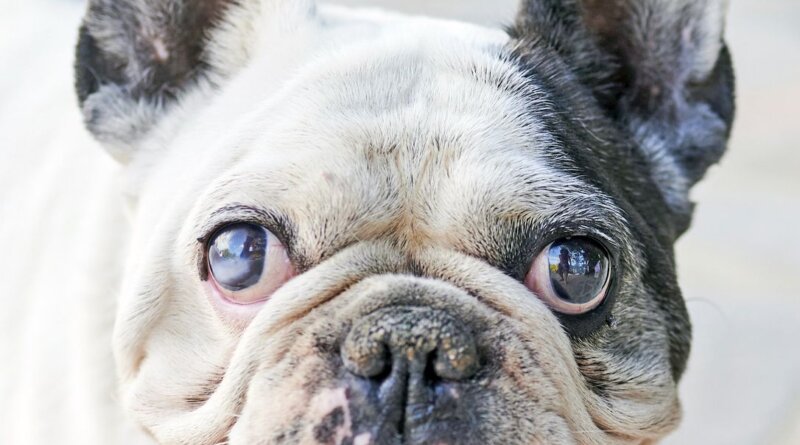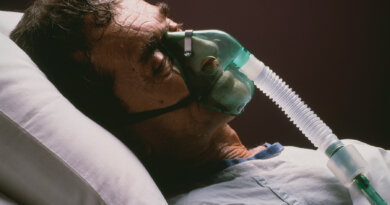Dog Eye Ulcer – Whole Dog Journal
Early signs of an eye ulcer include your dog squinting one eye. The eye may appear “cloudy” and is painful if you try to examine it. The conjunctiva may be red, with tearing or even a pus-like discharge.
While it could be a scrape or an ulcer—a scrape is superficial while an ulcer is deeper—any eye problem can go from minor to severe very quickly. Get to the veterinarian immediately. Some ulcers can go right through the cornea if not treated.
Treatment
Your veterinarian will verify the corneal damage with a fluorescein stain and then send you home with antibiotic eye drops and/or ointments. This is intensive care. The medications must be applied multiple times a day, so you may have to leave work to do it. Many dogs will need to wear a cone to protect the eye in case they try to rub. Note: Recent research shows PRP therapy may become an option for treating ulcers in the eye.
Healing Stages
As the cornea becomes clearer, the redness will fade away. Your dog will stop squinting and obviously feel better as the pain recedes. The ulcer is healing.
You may notice some red lines on the cornea. While the cornea itself does not have blood vessels, during the healing process, blood vessels migrate across the eye bringing nutrients and oxygen.
Most superficial corneal ulcers heal in a week or less, but you should continue to treat it as directed by your veterinarian until a vet recheck shows that the injury is healed.
Serious Ulcers
Severe corneal ulcers may require surgical treatment. Your veterinarian may gently scrape the surface to encourage healing or even pull up some conjunctival tissue or the third eyelid as a flap to provide a physiological bandage for the injured area.
Special contact lenses can be placed to aid in healing as well. Even with surgery, an injured eye will need frequent topical treatments. Oral antibiotics may be added to the treatment regimen.




